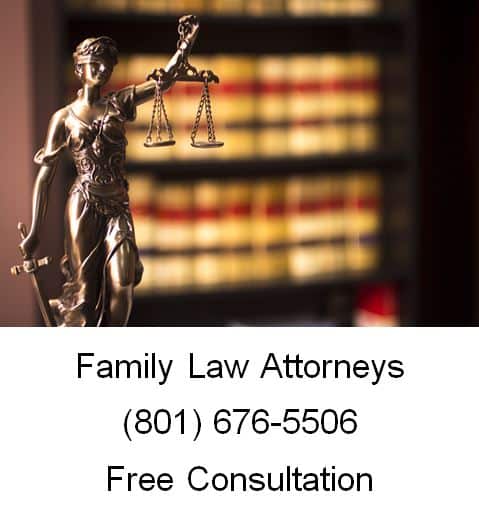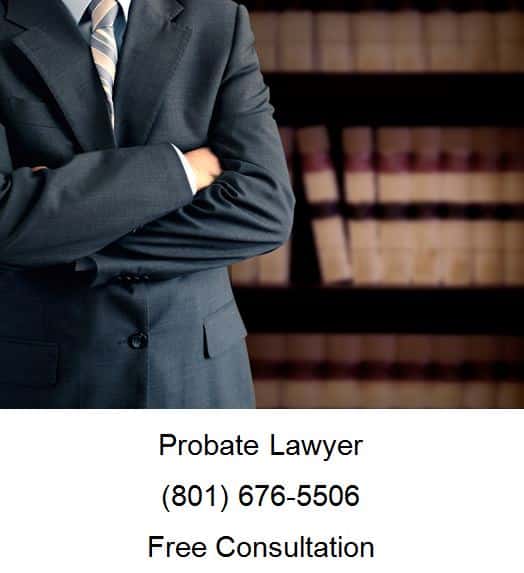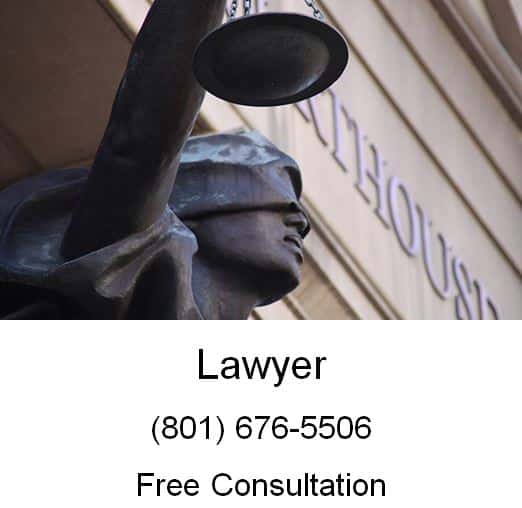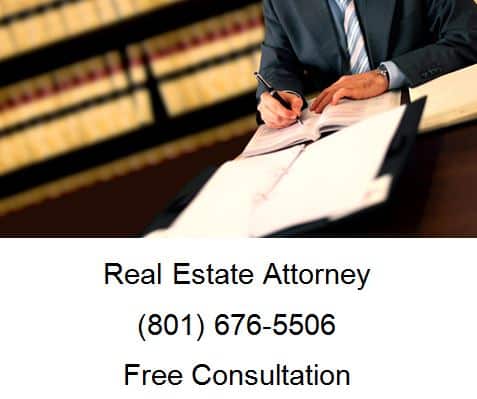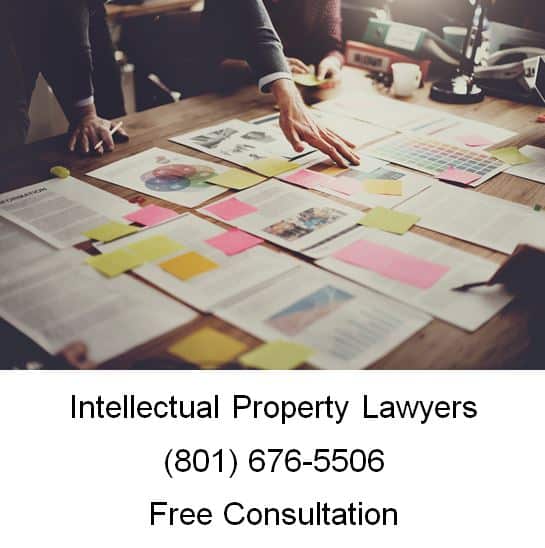
Logos serve to represent a given
organization or company through a visual image that can be easily understood
and recognized. A logo generally involves symbols, stylized text or both. Logos
are often created by a graphic artist in consultation with a company and
marketing experts.
Three categories of logos exist and are often used in
combination. These three categories are:
- Ideographs
– freeform images that can be entirely abstract. - Pictographs
– symbolic, representational images. - Logotypes
– simple, textual representations, like a company’s initials.
As a key part of an organization’s identity, a logo must try to communicate the brand essence of a company or what the organization represents. This makes designing logos a critical job for a graphic designer and is often a creative process that is heavy in research and consultation. For international organizations, cultural differences in symbolism or the associations of colors must be considered.
A logo isn’t intended to explain or directly sell a company.
Instead, its sole purpose is to identify the company in a way that is memorable
and familiar. For example, Apple uses a bitten apple as its logo. The bitten
apple does not explain what the company does or sells in any way, but it
is distinctive and recognizable.
A logo is meant to be long-term as it is intended to become
familiar to customers and promote brand loyalty. As a result, logos are
generally not redesigned very often.
1.
Simple
Simple logos are the ones people can
recognize as soon as they see them. The simplest logos are the ones people
remember the most.
2.
Scalable
A great logo should be simple enough
to be able to be scaled down or up and still look good.
3.
Memorable / Impactful
A great logo should be impactful.
You want to capture your viewer’s attentions and leave an impression (a
positive impression, hopefully).
4.
Versatile
A great logo should look equally
good on any web device and on any kind of print material.
5.
Relevant
A great logo should be relevant to
your practice. It has to have meaning that relates to the work you are doing.
A
logo makes you stand out from the competition
Perhaps
the most fundamental function of a logo is giving your business a unique mark
that differentiates you from other businesses. This is especially
important if your business has competition (which 99.9% of them do). Before you
get a logo for your business you’ll want to research what your competitors’
look like so you can position yourself. Check out how the Cactus Dental logo
separates themselves from the sea of cliché tooth industry by
taking a feature unique to their geography and turning it into a
toothbrush.
A
logo identifies key information about your business
Along
with demarcating your business, a good logo also provides your customer
with some crucial information about your company: it can communicate the
industry you exist in, the service you provide, your target demographic and
your brand values.
For
example, a company might use circuit imagery into their logo to show that
they operate in the software industry. Or they might use a specific color to
communicate they are committed to being green/environmental. Or they might use
a stylish font to highlight that they are luxurious. Check out how Wild
Hearts uses an image of a book with a heart in it to show that their business
specializes in romance novels
When Do You Need Permission to Use a Logo?
A logo or trademark is any photograph, word, or symbol used to identify a brand, service, or product. You need permission to use a logo unless it is for editorial or information purposes, such as when a logo is used in a written article or being used as part of a comparative product statement.
Other than these two instances, you should
never assume you can use a trademarked logo. A person or company should
never use a trademark or logo without written permission from its owner. To get
permission, write a letter to the trademark owner. Include a description of why
you are asking and how the logo will be used. Third parties should never use
someone else’s logo without a licensed agreement, including program and
corporate logos.
In certain cases, a person or
company involved in logo programs give third parties standing permission
to use their trademarks. Depending on the company, the logo program may state
any specific requirements and technological compatibility, company
relationships, and program membership information. However, even then, third
parties cannot use logos without a specific agreement.
More than that, trademarked companies
often have resale policies for their products. A policy may indicate that
the retailer or reseller can never change the trademark or corporate logo
appearing on company products. Trying to replace a company’s logo with your own
goes against the company’s written policy and is never allowed without a
written agreement.
Why Is Getting Permission to Use a Logo
Important?
First of all, getting permission to use a
trademark or logo is important because doing so provides legal protection. A
trademark naturally grants legal protection to its owner against anyone using
it unlawfully. However, receiving permission gives you the legal right to go
ahead and use it without worrying about any repercussions.
The United States trademark law as stated in the Lanham Act allows a non-owner of a registered trademark to make “fair use” of it without permission. Fair use includes using a logo in editorial content, among other situations.
You also don’t need to ask formal
permission from a corporation to use its logo if the usage doesn’t create any
impressions that the logo endorses or associates with another company. This
scenario could result in a company complaint.
Unfortunately, there is no hard and fast rule determining what “fair use” actually means. The United States Patent and Trademark Office (USPTO) cannot decide if a certain use falls under the “fair” category or even advise on any trademark violations. When in doubt, it’s best to consult an experienced attorney to learn whether you should use a trademark or logo.
However, the Publishing Law Center states that, unlike a copyright, a trademarked logo’s ownership can last forever. Logos don’t even need to be registered as trademarks to be protected under current law. This means that using someone else’s logo without permission, even if it’s unregistered, is against the law.
When you decide that you need to use a
trademark or logo, here are the steps you should follow:
- Determine if gaining permission is necessary
- Identify the logo’s owner
- Identify which rights you need to request
- Contact the owner with a description of your intended use and negotiate the required payment, if any
- Receive your trademark permission in writing
Reasons to Consider Getting Permission to
Use a Logo
Since it’s difficult to know what falls
under “fair use,” here are some straightforward reasons why you would
want to request permission to use a trademark or logo:
- You want to use a third party’s logo or trademark
to make and sell crafts. This will require a trademark license. - The logo’s size, usage, or placement implies that
you are affiliated with the trademark owner, or that you’re being endorsed
by the company. This is a direct violation of the owner’s trademark
rights. - Commercial uses such as promotion, advertising,
and marketing require written permission except in the cases of editorial
or comparative advertising use. This can even include business-sponsored
activities such as public presentations. - Even though using the logo as part of
a comparative statement in an advertisement, such as comparing one
fast food restaurant’s hamburger to another, falls under “fair
use,” comparative statements tend to provoke companies into legal
action. You may want to have a lawyer review the advertisement before
publishing it and make any necessary changes to avoid a worst-case
scenario.
When Is Permission Not Required?
Other than using a trademark or logo for
editorial purposes or as part of comparative product statements, you don’t
need to ask permission if the logo’s use will educate, inform, or express
opinion protected under the Constitution’s First Amendment. This includes
displaying a logo in a work of fiction, whether it’s a graphic novel or film.
As long as the fictional work doesn’t
confuse the viewer as to who owns the trademark, using logos in fiction falls
under fair use because it adds to a story’s realism. However, Hollywood has
flipped this rule around by selling product placements to trademark owners as a
means of advertisement, which has been a lucrative move.
Another gray area in trademark law is
what’s known as trademark parodies.
Generally speaking, you don’t need to request permission to imitate a trademark
if you’re poking fun at it. One example is the parody newspaper The San
Francisco Chomical, which parodies The San Francisco Chronicle. Offensive
parodies can trigger lawsuits from the trademark or logo owner, so it’s
important to weigh the consequences before going ahead with your trademark
parody.
There are also circumstances where you can
use media logos on your website without violating trademark rights and opening
yourself up to infringement claims. Just remember that you cannot confuse
customers into thinking you own the logo, so it’s best to display such
trademarks with “as seen in” phrases.
In general, you won’t run into trademark
parody problems if the parody:
- Doesn’t confuse consumers; they get the joke and
know that it doesn’t come from the original trademark owner - Doesn’t compete directly with the trademarked
product - Does parody the trademark or logo, which means it
pokes fun specifically at the trademark
Examples of Ways Someone Can Use a Trademark
without Permission
Competitors and individuals don’t need
written permission to use a logo if the use falls under the following reasons:
- Descriptive
use. Adjectives can be trademarked,
but you might have a hard time complaining about competitive use. For
example, if you trademark the name SPEEDY for your oil change services,
but a competing business uses the phrase “speedy service,”
that’s not considered a violation. A trademark does not give you monopoly
rights over words. - Comparative
use. One of the most high-profile
comparative uses was when the Pepsi Challenge pit Pepsi against its
competitor Coca-Cola. As long as the trademark display is correct, any competitor
can use your trademarked logo to compare benefits or effectiveness. - Collateral
use. If you own a lawn mower repair shop,
you can legally advertise the fact you repair Brand X lawn mowers, even
though you don’t make those lawn mowers or own the company’s logo. You
just can’t suggest that you have a relationship with the company or that
the company has approved of you. - Nominative
use. A person can use someone else’s
trademark as a reference without infringing. For example, if you need to
use the band name the Rolling Stones in a profit-making venture, you’re
allowed to do so. That’s because there are only so many ways you can
describe the legendary band. However, there are limitations. You can’t
overuse the trademark or logo. So, if you tried to sell Rolling Stones
t-shirts, you’re infringing, but you can organize an unauthorized fan club
and sell memberships.
Copyright and Logos
In order for a work to have copyright
protection, it must reach a requisite level of creativity. Many logos, however,
do not. Since copyright can’t protect a name, colors or the design of the logo,
most simple logos simply do not have the required level of creativity to be
considered copyrightable. However, many ornate or artistic ones do.
And here lies the confusion with logos. Many of them actually qualify for both trademark and copyright protection. In fact, the entire Omega case hinges in part upon a logo stamped onto a watch being copyright protected (thus making the import of the watch a violation of the copyright).
In short though, if a logo would
qualify for copyright protection as a piece of artwork separate from its use as
a corporate identifier, it is copyright protected. Nothing in the law makes the
two rights mutually exclusive so many logos can and are enforced using both
trademark and copyright.
Logo Lawyer Free Consultation
When you need legal help regarding a logo, please call Ascent Law LLC for your free consultation (801) 676-5506. We want to help you.
8833 S. Redwood Road, Suite C
West Jordan, Utah
84088 United States
Telephone: (801) 676-5506
Recent Posts
Can I Divorce My Spouse If He Or She Is In Jail?
What To Do If Your Spouse Delays The Divorce Process?
Source: https://www.ascentlawfirm.com/can-i-use-a-logo-for-personal-use/
https://upopety1960.wordpress.com

